What is IBU in Craft Beer and What Does It Mean? Common Brewing Acronyms and Terms Explained
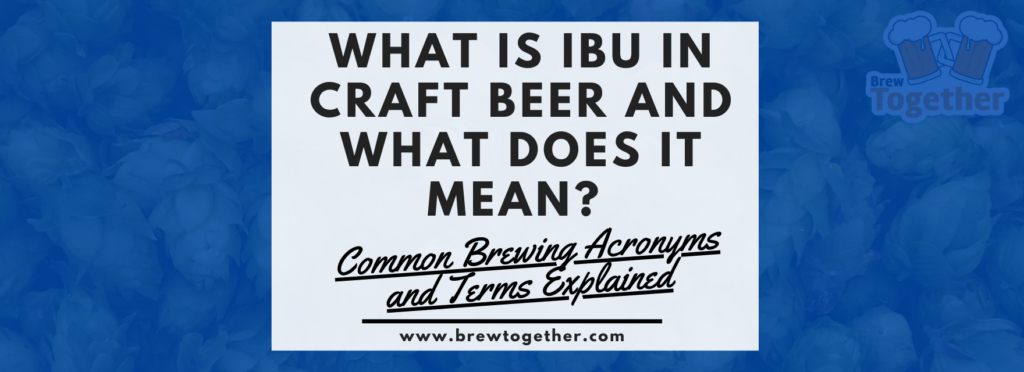

If you’re new to the world of craft beer and brewing, you’ve probably heard a ton of acronyms being thrown around. When you go to a new brewery and look at the board or screen of beer options, you’ll be hit with even more acronyms, each describing a trait of the beer. For a newer craft beer drinker, it can be hard to choose what to drink, especially when beer descriptions are usually based on numbers associated with terms often unknown to the average beer consumer, like IBU (International Bitterness Unit), SRM (Standard Reference Method), and OG (Original Gravity).
In this article we will break down what the term IBU means, what it is, and how it affects your craft beer drinking experience.
What Does IBU Mean?
IBU stands for International Bitterness Units scale (sometimes referred to as International Bittering Units scale). Essentially, the IBU scale describes the degree of bitterness present in a beer. IBU is one of the main metrics that brewers use to balance their beers as well as quantitatively describe the bitterness of the beer.
As a general guideline, the lower the number of IBUs, the less bitter beer will be perceived to be. The higher the IBU, the higher the sensory bitterness of beer. Keep in mind that everyone has their own beer palate, and what some people find overwhelmingly bitter may not seem like much bitterness to someone else.
Technically, IBU is a chemical measurement that quantifies the bittering compounds present in a beer, such as isomerized alpha acids (iso-alpha acids), oxidized alpha acids, polyphenols, and a couple of others. These compounds are responsible for the bitter taste of beer.
Some brewers like to boast about their high IBU numbers, while others try to keep them low so that their beers are more approachable to the average beer drinker. Certain craft beer styles, like American IPAs (Now even we are throwing acronyms around! Click here to see our guide to IPAs to learn more), are known for their high IBU levels, while other styles, like stouts and porters, tend to have lower IBU numbers.
What is the IBU scale?
The International Bittering Units (IBU) scale is the unit of measurement used by brewers to quantify the bitterness of a particular beer. Because this scale applies to all styles of beer and us used internationally, it provides a great standard reference method for comparing beer bitterness. While many breweries use specialized equipment to get a chemical measurement of the number, others estimate IBU. When you consider that the human palate can’t accurately perceive IBU to an exact number by taste, you should consider IBU as a guideline rather than a specific measurement.
The IBU scale goes from 0 to over 120 (there’s technically no limit, but it’s difficult to tell the difference between bitterness over 120 IBUs), but typical IBU ranges from 10-80 for most beers. Beers that score higher than 60 on the IBU scale are considered very bitter.
Brewers use IBU measurements to balance out different aspects of their beers as well as to ensure consistency from batch to batch. For example, a high IBU rate can be used to offset high malt sweetness or vice versa.
However, take note that the perceived bitterness of beer can be entirely different based on style.
What Causes the Bitter Taste in Beer?
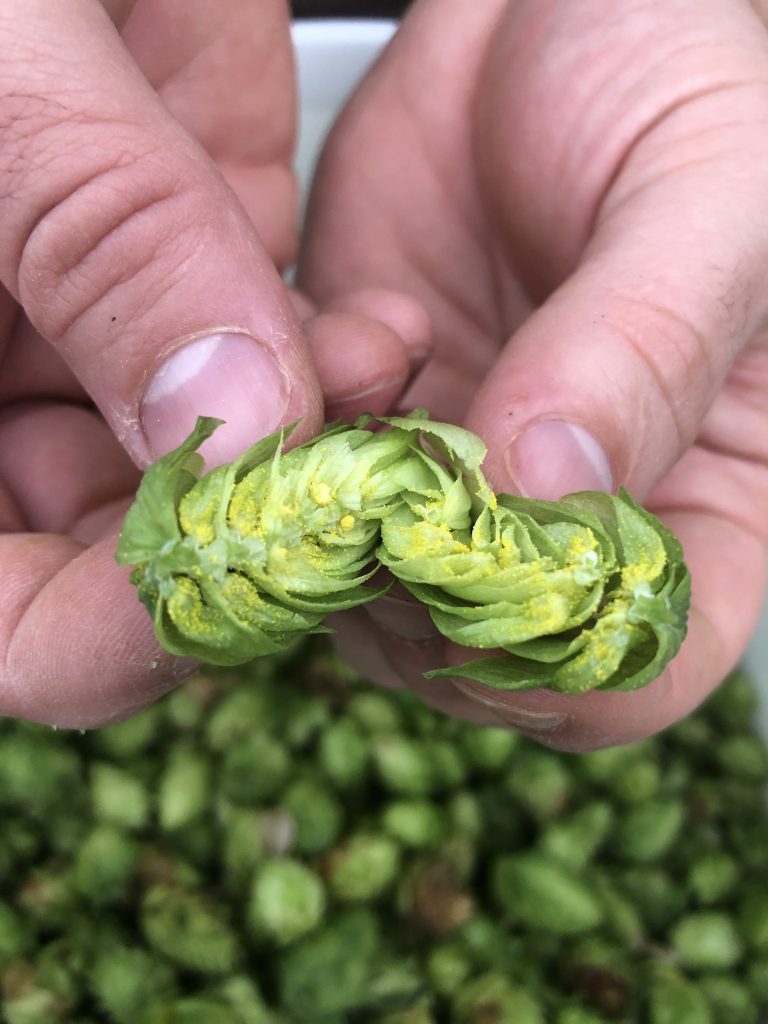

Hops contain bitter chemical compounds called alpha acids, which are broken down during the boil phase of the brewing process. The chemical process by which the alpha acids in hops breaks down due to the heat of the boiling wort is called isomerization. Iso-acids are formed by isomerization, which rearranges the alpha acids to iso-acids. The IBU scale then measures these iso-acids.
Does that mean that all hoppy beers are extremely bitter? Not at all! Hops added late in the boil or during fermentation impart strong hop flavor and aroma without adding substantial bitterness.
While all hops contain alpha acids that produce a similar sensation of bitterness, some contain more than others, which is why brewers choose specific hops for bittering, flavor, and aroma.
How IBU Affects The Craft Beer Drinking Experience
Although it may seem like you want to avoid beers with higher IBUs if you don’t love bitter flavors, you need to consider how the bitterness levels will be perceived in the context of all of the other flavors that defines how the beer tastes. In most situations, the IBU number corresponds closely to the sensory perception of a beer’s bitterness, but a few factors can influence this, such as the types of malt and hops used in the recipe.
Because bitterness level is perceived in the context of the balance of ingredients present in the beer and all the flavors and aromas you are experiencing as you drink beer, some beers taste more or less bitter than others, even if they have the exact same IBU! The appropriate level of IBU to achieve a certain level of perceived bitterness depends on the type of beer. For example, if you order two beers with the same IBU, but one is a malty stout and the other is a light pale ale, the pale ale will seem much more bitter than the stout. The perception of bitterness in beer is about the balance of all the flavors, aromas, and mouthfeel.
So, the next time you’re picking out a craft beer to drink, be sure to look at the IBU and see how bitter it is. This will help you better understand what you’re drinking and give you a new appreciation for complex brewing processes.
Examples of Styles of Beer with Higher IBUs
Now that we’ve covered what IBU is, let’s look at some popular beer styles and a few commercial examples with a higher IBU rating so that you can try them for yourself.
American India Pale Ale (IPA): IPAs, the stronger, more bitter brother of the American Pale Ale is usually a high IBU beer. Most American IPAs come in at 50-70, with a perceived bitterness of medium-high to very high, due to the aggressive use of hops early in the boil during the brewing process. This is not a hard rule, though. Some substyles of the American IPA, like the New England IPA (NEIPA) / Hazy IPA reject the high IBUs of the Standard IPA and instead opt for high hop aroma and flavor from adding a large amount of hops at the end of the boil and during fermentation rather than early in the boil, which causes higher bitterness. Some Hazy IPAs are advertised at 0 IBUs, but more realistically, they are about 30-50 on average.
A couple of great examples of an American IPA that you can easily find include Dogfish Head’s 60 Minute IPA (60 IBUs) and Sierra Nevada’s Torpedo Extra IPA (65 IBUs).
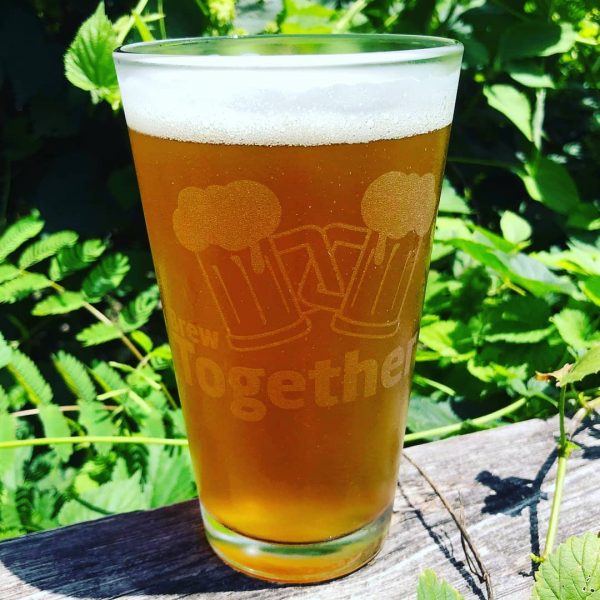

Double IPA
As the name suggests, Double IPAs are a more robust version of the traditional IPA. They typically have an IBU rating of 60-120 and are intensely hoppy. The increased maltiness and residual sweetness of a Double IPA allows the IBUs to be raised substantially without causing an unpleasant bitterness.
If you want to try a couple of high IBU Double IPAs, check out Dogfish Head’s 120 Minute IPA (120 IBUs) and Deschutes’ Royal Fresh Imperial IPA (70 IBUs).
Imperial Stout
Imperial stouts are another style of beer that is often high in IBUs, with average IBU values of approximately 50-80. However, these beers are brewed with lots of dark malts, which adds a maltiness and residual sweetness that helps balance out their high IBU levels. The creaminess and flavors from the roasted grains shine through in this brew.
A good example of a high IBU Imperial Stout with exceptionally balanced bitterness, check out Sierra Nevada’s Narwhal Imperial IPA (60 IBUs).
American Strong Ale
American Strong Ales exist somewhere between a Double IPA and an American Barley Wine. They have substantial bitterness that is well-balanced by full malt flavors, with an IBU range of about 50-100.
If you’re feeling adventurous and want to try an American Strong Ale, one of the most popular versions available is Stone Brewing’s Arrogant Bastard Ale. While they don’t advertise the IBUs, it clocks in at about 100.
American Barley Wine
It may come as a surprise that this sweet beer has a high IBU count at about 65-100, but the rich malt and intense hops flavors are what make it a favorite among beer enthusiasts. Barley wines are a great example of how the balance of malt to IBUs changes the perceived bitterness of a beer.
Want to try an American Barleywine? Try Sierra Nevada’s Bigfoot Barleywine-Style Ale (90 IBUs) to see if you’re a fan of the style.
So if you’re looking for a beer that will pack a punch, be sure to pick up one of these high IBU craft beers. But, remember that the bitterness of a beer is not the only thing to consider when choosing your next drink. Before making a judgment call, many other factors go into a great craft beer.
Examples of Styles of Beer with Lower IBUs
On the other hand, if you’re not looking for very bitter beers, here are some popular beer styles that have lower IBU ratings, as well as a few commercial examples that you can try.
American Lagers
Until recently, American lagers were dominated by the macro-beer market and were largely ignored by craft breweries. Now, classic American lagers have found their place in the craft beer scene, and are gaining popularity quickly. They are very mild in bitterness and hop flavor and typically have an IBU rating of about 5-15.
While you could go into any grocery store and pick up a macro-brewed American lager, we recommend heading over to a local microbrewery and seeing if they have one on tap.
Pilsner
Pilsners are pale lagers with average IBU counts of of about 20-40, making them slightly bitter but not overly so. They are light, drinkable beers that come with a crisp finish.
If you want to try a pilsner, why not try the original? Pick up a Pilsner Urquell, and see why other breweries have been trying to replicate it since 1842.
Belgian-Style Wheat Ale
Belgian-style wheat ales are pale, somewhat hazy beers due to the high percentage of malted wheat used to brew them. They have a low IBU (about 10-35 on average), and are often brewed with fruit, as well as with yeast that can impart fruity esters to the beer.
If you want to try an American-Style Wheat Beer, the easiest to find is Blue Moon’s Belgian White. Garnish it with an orange slide and enjoy!
If you’re looking for a beer that is easy to drink and doesn’t taste too bitter, then these are some excellent options to choose from.
Conclusion
The IBU level is just one factor contributing to a beer’s overall flavor profile. It’s not an absolute measure of how bitter a beer will be, but it’s still a valuable metric to consider when trying to figure out whether you’ll like a particular brew or not.
Now that you know a little more about IBU, keep it in mind when picking out your next craft beer to drink. You’ll go from being one of those standard beer drinkers to a craft beer connoisseur in no time!
Thanks for Reading!
Still have questions about IBUs, other brewing acronyms, or anything else beer and brewing related? Leave a comment below or post in the forums!
Thank you for reading! If you like this article, please share it with your friends using the social media share buttons below!
If you’re not a member of BrewTogether, we’d love for you to join! BrewTogether is completely free, and signing up is easy! Click here to join!
Now using BrewTogether is easier than ever! Download the FREE BrewTogether Mobile App – available on both the Apple App Store and the Google Play Store!


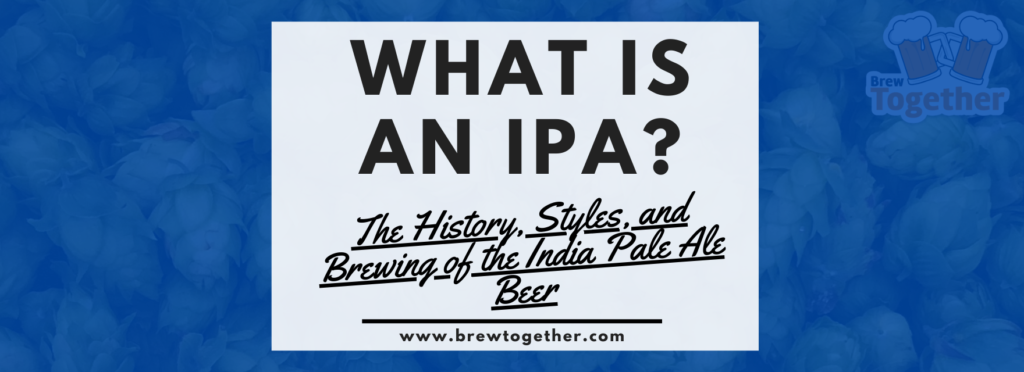


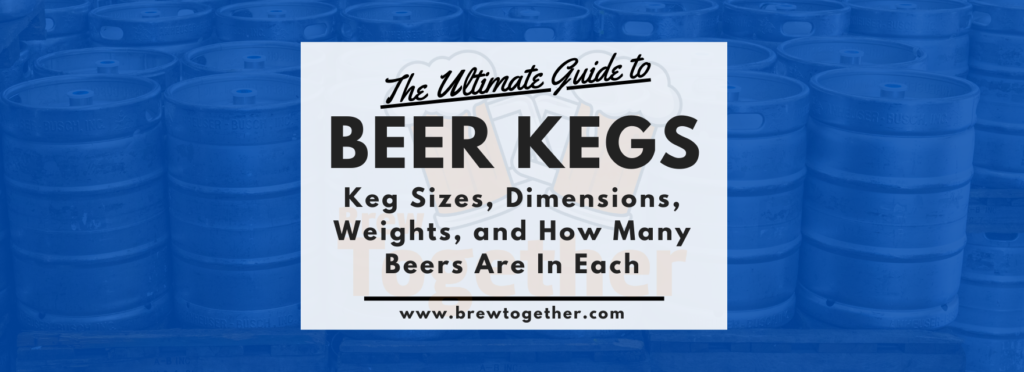
Responses